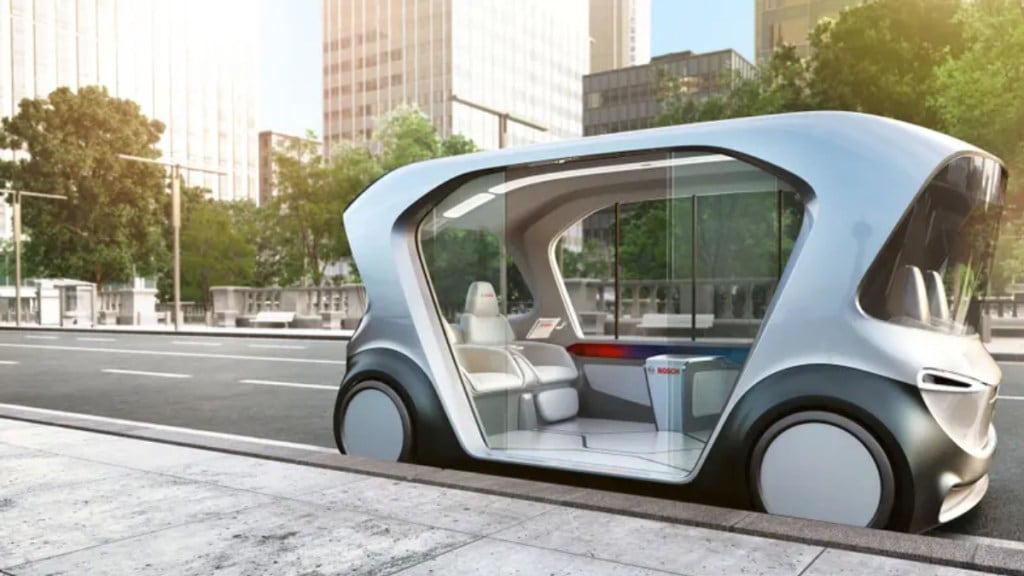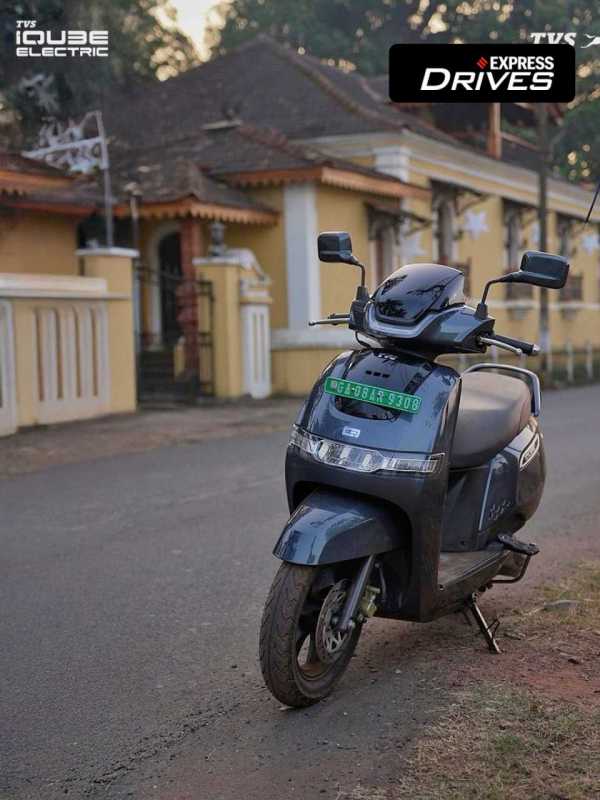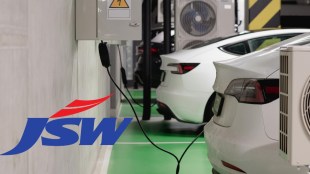Imagine the future!
You are heading to the office – you simply take out your phone and summon the vehicle, sit inside and the vehicle automatically drives itself autonomously. Could this be a reality in India? Well, not at least for the decade ahead?
The use case for autonomous vehicles in Indian conditions is the big question that technology companies are trying to adapt and customise. In addition, there is also the challenge of safe manoeuvrability of the vehicle, if in case of any mishap, on who is accountable.
India overtook Japan to become the world’s third-largest car market in 2022 with sales of 2.2 million units, up 23.4 percent. On the other hand, India is also the country where the vehicle penetration per capita – 36 for cars per 1,000 people – is amongst the lowest globally and driving conditions have their unique set of challenges.
A reality check
Depending on the geography, vehicle penetration in India, as well as usage patterns, varies dramatically. While it is difficult to find the exact data for every state, here are some examples. Gujarat has a density of 151.4 vehicles per square kilometre (data as of September 2022) with Surat leading the charts at 956.96 vehicles per square kilometre. On the other hand, the state of Kerala has 62 vehicles per kilometre with two-thirds being two-wheelers.
The road usage patterns amongst the various users is another key challenge in the Indian perspective. No wonder, leading technology companies are increasingly investing and setting up R&D and technology centres in India to be able to solve this issue.
Most vehicles sold globally, come with Level 2 or Level 2+ ADAS features. This vehicle can self-adjust speed, brake when necessary and even change lane position, but the vehicle user must have his or her hand on the steering wheel.
Road safety and Policy in India
In India with a dubious record of clocking one of the highest number of road accidents globally, autonomous capabilities could be a game changer to improve road safety. But, this also means that unless most vehicles on the road have a similar level of technical capabilities. the predictability element for computer systems used by autonomous vehicles will be an area of concern.
In 2019, Nitin Gadkari, the Minister of Road Transport & Highways (MoRTH) announced that India would not allow driverless cars as they would end up taking away jobs from the citizens dependent on driving as a profession. This means any company planning to test autonomous vehicles on Indian roads runs the risk of backlash. This means companies have to mostly depend on simulations to predict and develop their solutions till a policy or government support is provided.
Then there is the challenge of infrastructure, basic ADAS functions depend hugely on proper road marking and signages. The cameras, radars and LiDARs depend on various external infrastructures to predict and analyse the behaviour of other road users to take decisions on vehicle movement.
Despite the installation of cameras and an increase in penalties by the authorities, traffic violations have not come down significantly. This also adds to the complexity of the development and implementation of ADAS solutions for Indian roads.
To conclude, the introduction of autonomous vehicles in India especially for the mass-market segment may be a distant dream but special-purpose vehicles, and commercial vehicles could very well be among the early adopters, albeit in a controlled environment. To make autonomous vehicles on Indian roads a reality, it is important there is proper development of road infrastructure, road usage behaviour is well documented and technology is upgraded along with supportive government policies.



















